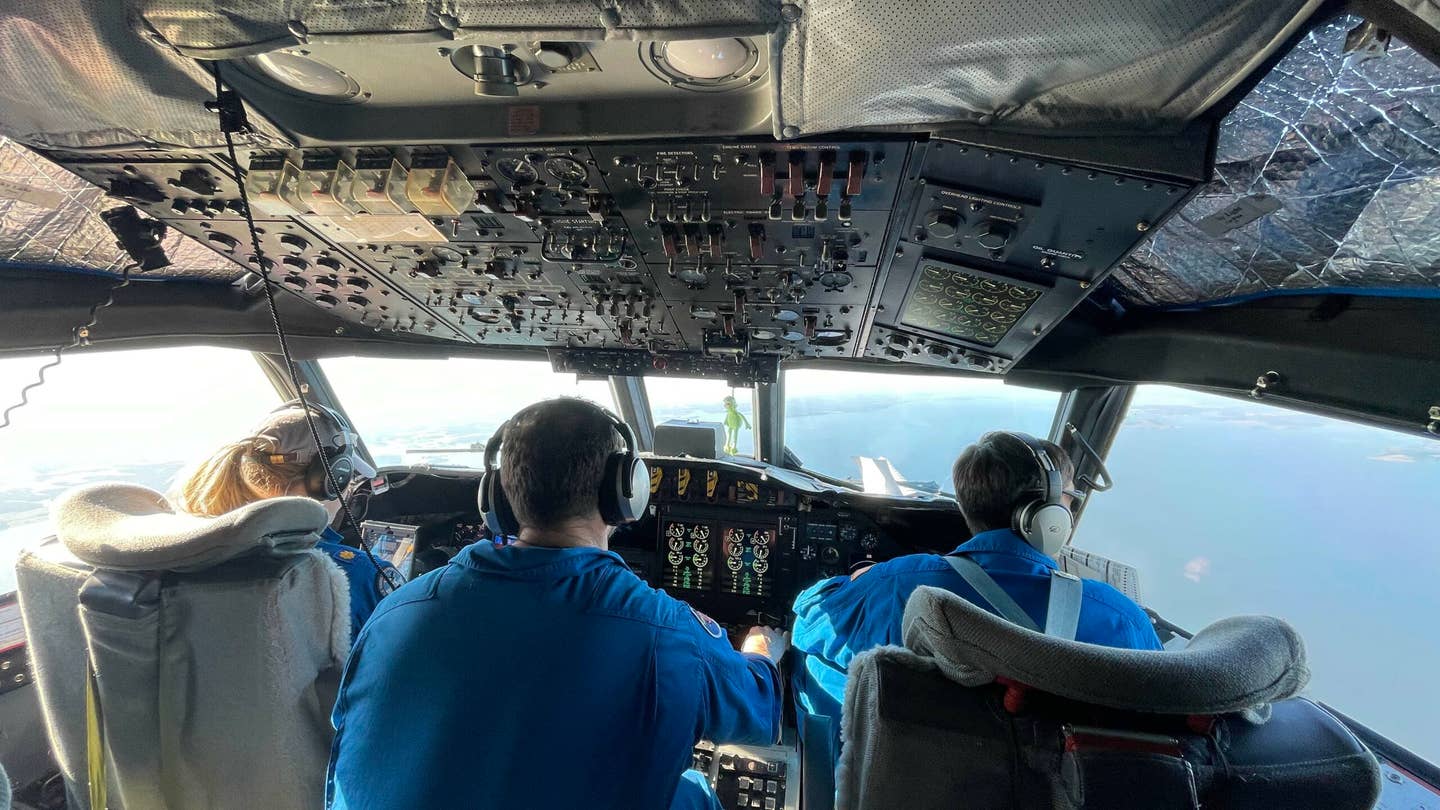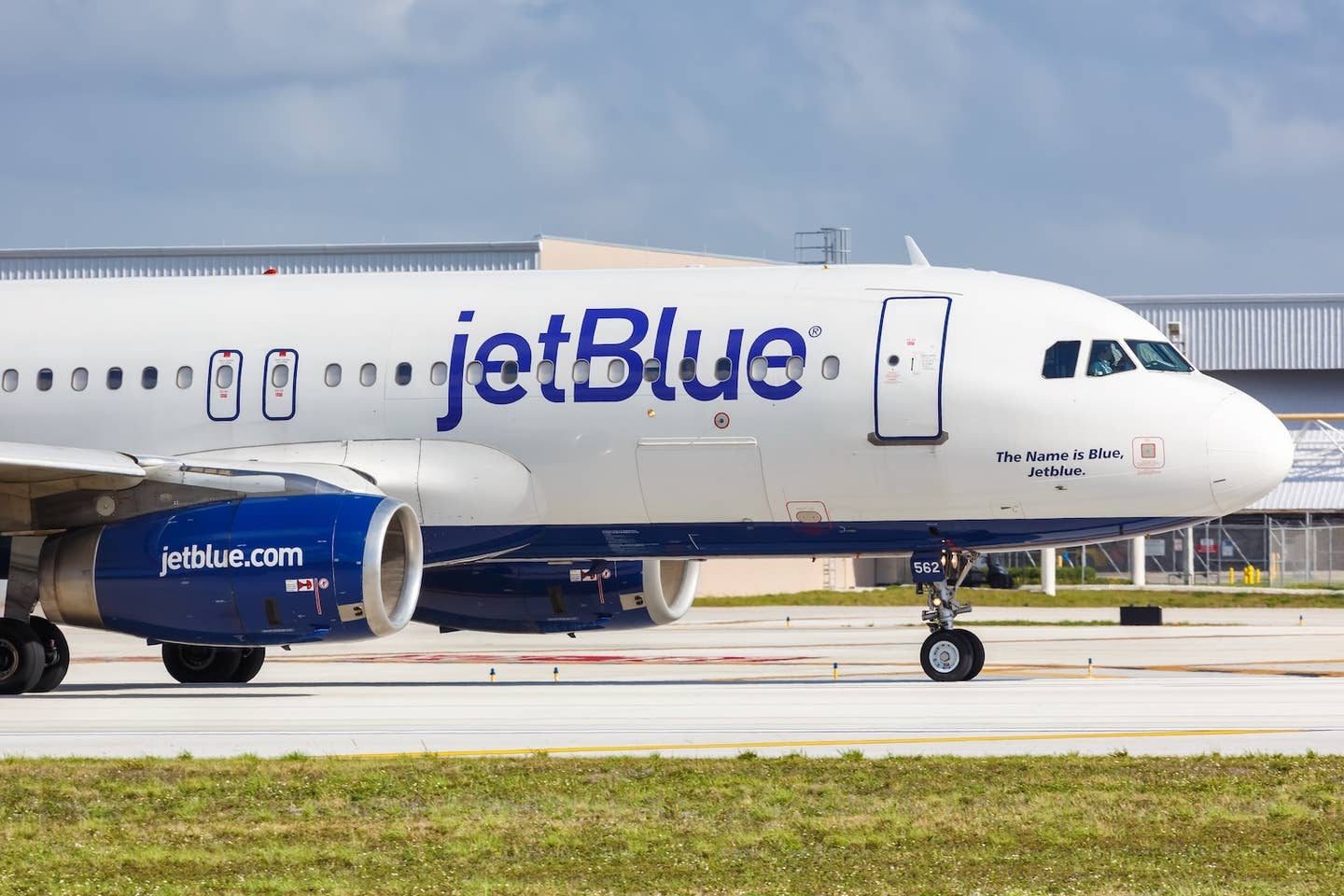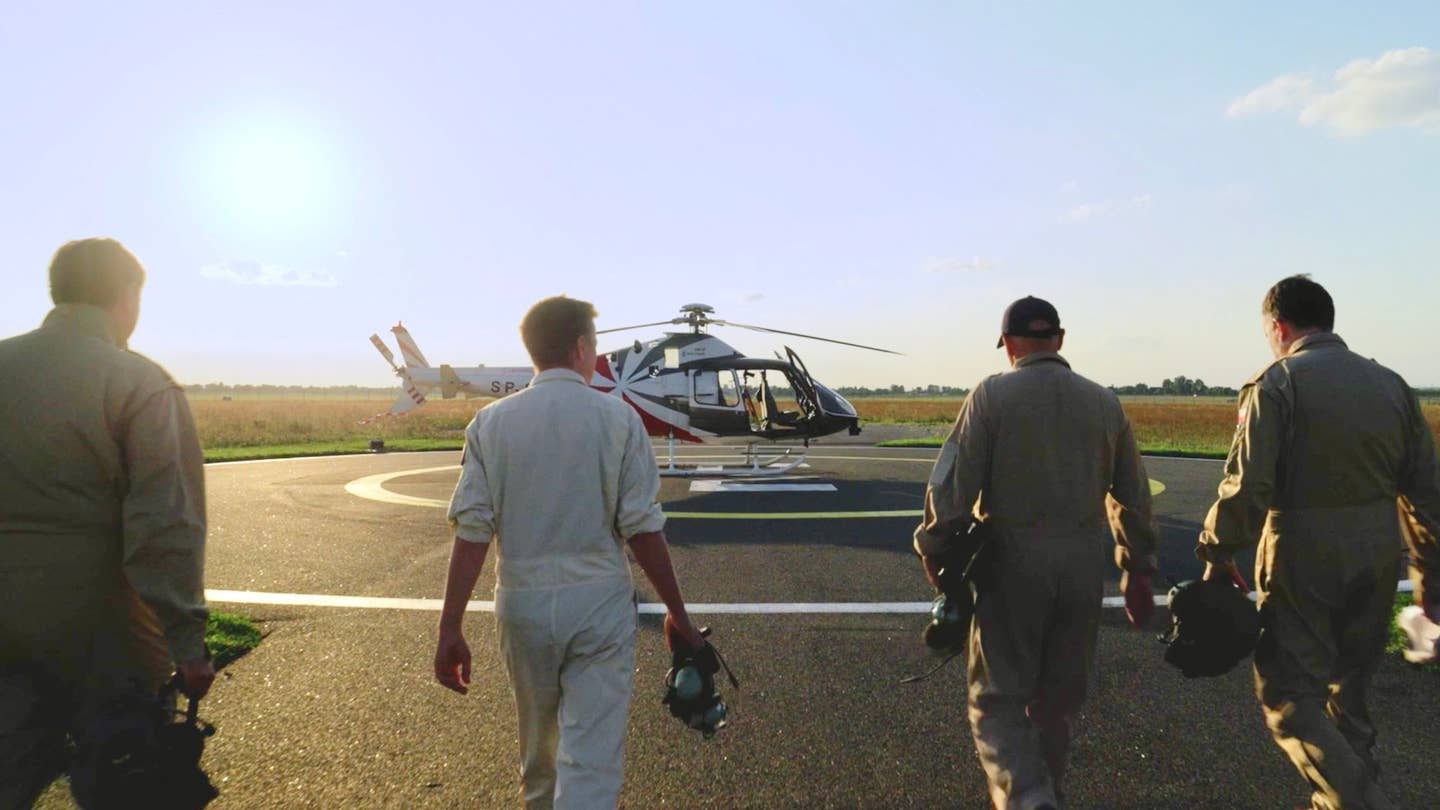
Aspiring controllers undergo training at the FAA’s Oklahoma City training center. FAA
The salary and advancement opportunities are excellent, but what draws many FAA air traffic control specialists to their work is a passion for aviation, service and safety. “This is a career, not a job,” says Ian Lewis, a specialist at Southern California Tracon (terminal radar approach control) in San Diego. “When we walk through an airport and see moms, fathers, sons, all those people getting on planes, we feel proud to be responsible for their safety.”
“What we do matters,” says Abigail Smith, a former controller and now FAA director of Air Traffic Organization technical training. “We make aviation safer for everyone every single day.”
ATC specialists, who work at Tracons, ARTCCs (air route traffic control centers) and airport control towers, manage air-traffic operations within U.S. airspace. The FAA currently employs some 10,500 controllers. A bubble of the workforce will reach the mandatory retirement age of 56 in coming years, and “we’re not getting folks in fast enough” to replace them, Lewis says. The FAA’s Controller Workforce Plan calls for hiring “several thousand” over the next decade, with technology expected to increase their efficiency.
“As we move into the 21st century, we’ll be able to handle larger capacity,” says Smith, citing a decreased dependency on voice communication, adoption of “flow” management techniques and other advances. Smith is playing a key role in modernizing controller training to keep pace.
“How millennials and the generation behind them learn is different than how I as a Gen X person learned,” she says. “Our leadership challenge and opportunity is to craft a learning environment for them.” Nonetheless, a love of aviation will likely remain a common denominator among specialists. “There’s passion on both ends of the microphone,” says Smith. “The controller who trained me at Miami Center was a certified flight instructor and had his own airplane. He was passionate about flying and passionate about air traffic control.”
Says Lewis, “Let’s be honest: Aviation is my passion, and flying is my first love.” The former Navy controller is an instrument-rated commercial pilot. Among his colleagues at the Tracon, “a handful of pilots came from the airlines,” preferring a controller’s schedule to the itinerant professional pilot’s life. Their knowledge is invaluable, notes Smith. “When an emergency situation comes up, cognitively, they’ve got a different level of understanding and empathy for what the person on the other end of the microphone is experiencing.”
The work is demanding, but flexible scheduling provides time for controllers “to pursue a lot of ventures outside of work — a lot of them are business owners,” says Lewis, who also operates an aerial-tour company and serves as area representative for the National Air Traffic Controllers Association (NATCA), the specialists’ union. Salaries are based on the facility at which the controller works and time of service. Median wage for controllers was $127,805 in 2016. Job requirements include U.S. citizenship, and applicants must be no older than age 30 during their application period.
Learn more about ATC careers here.

Sign-up for newsletters & special offers!
Get the latest FLYING stories & special offers delivered directly to your inbox






